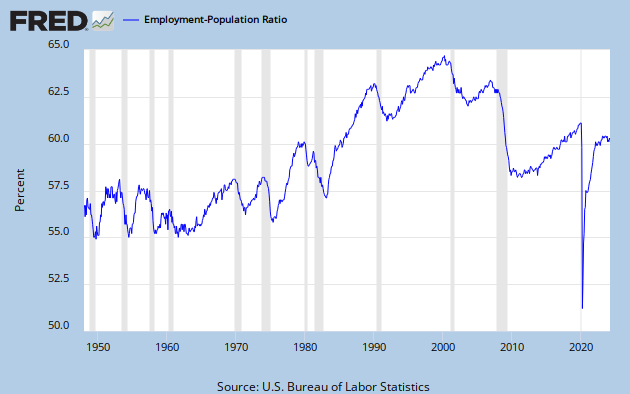Summary of the Nature of LTCM:
Long Term Capital Management (LTCM) was a hedge fund located in Greenwich, Connecticut. The founders included two Nobel Prize-winning economists, Myron Scholes and Robert C. Merton. Scholes and Merton, among other things, developed along with the late Fischer Black, the Black-Scholes formula for option pricing. LTCM also included as guiding spirit John Meriwether, a former vice chairman of Salomon Brothers and famous bond trader. David Mullins, a former vice chairman of the Board of Governors of the Federal Reserve System was also part of the LTCM team. Also several important arbitrage analysts from Salomon Brothers joined LTCM. Eric Rosenfeld left Harvard University to join LTCM. It was a very elite group.
The idea behind LTCM was quite simple to articulate but not necessarily that easy to implement. LTCM was to look for arbitrage opportunities in markets using computers, massive databases and the insights of top level theorists. These opportunities arose when markets deviated from normal patterns and was likely to re-adjust to the normal patterns. By creating hedged portfolios the risks could be reduced to low levels. According to the model developed by Merton the risk could be reduced to zero, but in practice some of the crucial assumptions of Merton's model did not hold so the risk of the hedged portfolios was not really zero, as subsequent events proved.
Myron Scholes stated the objective of LTCM in a striking image. He said LTCM would function like a giant vacuum cleaner sucking up nickles that everyone else had overlooked.
The History
Long-Term Capital Management (LTCM) was the management arm of a hedge fund that operated from its founding in 1993 to its liquidation in early 2000. It went through a period of spectacular success from 1994 to early 1998. In August of 1998 Russia defaulted on its debt and the financial markets came unraveled. Historical regularities that had prevailed failed to hold and LTCM which had bet on those regularities nearly went bankrupt. It was saved only by the Federal Reserve Bank of New York sponsoring a bailout of LTCM by its creditor banks. The Fed justified its intervention on the basis of the potential of the failure of LTCM precipitating a financial crisis and the creditor banks were enticed into extending credit to LTCM because their financial losses in a general financial crisis could well be more than what they stood to lose if LTCM defaulted on its loans. As it happened LTCM survived long enough to pay off its indebtedness but by early 2000 it was liquidated.
LTCM had its origins in an Arbitrage Group put together by John Meriwether at Salomon Brothers of Wall Street. Meriwether was a successful bond market trader that parlayed his early successes into a position of prestige and influence within the firm. Although he was an astute trader he was even better at choosing and managing talented people.
Meriwether recruited Eric Rosenfeld and William Lasker from the faculty at Harvard. He also hired Victor Haghani, an Iranian American whose father was an international trader from a Sephardic Jewish family in Iran. Haghani trained in finance the London School of Economics. Haghani was one of Meriwether's star traders. Another was Lawrence Hilibrand who was trained in finance at M.I.T. Another Ph.D. in finance from M.I.T. secured by Meriwether for his group was Gregory Hawkins.
Meriwether's Arbitrage Group was so successful at earning profits for Salomon that they were able to demand a change in the way they were compensated. Meriwether negotiated a 15 percent share of the profit for his traders on their trades. This led to Hilibrand in 1989 receiving $23 million in pay. This arrangement created envy and resentment among the other groups at Salomon.


